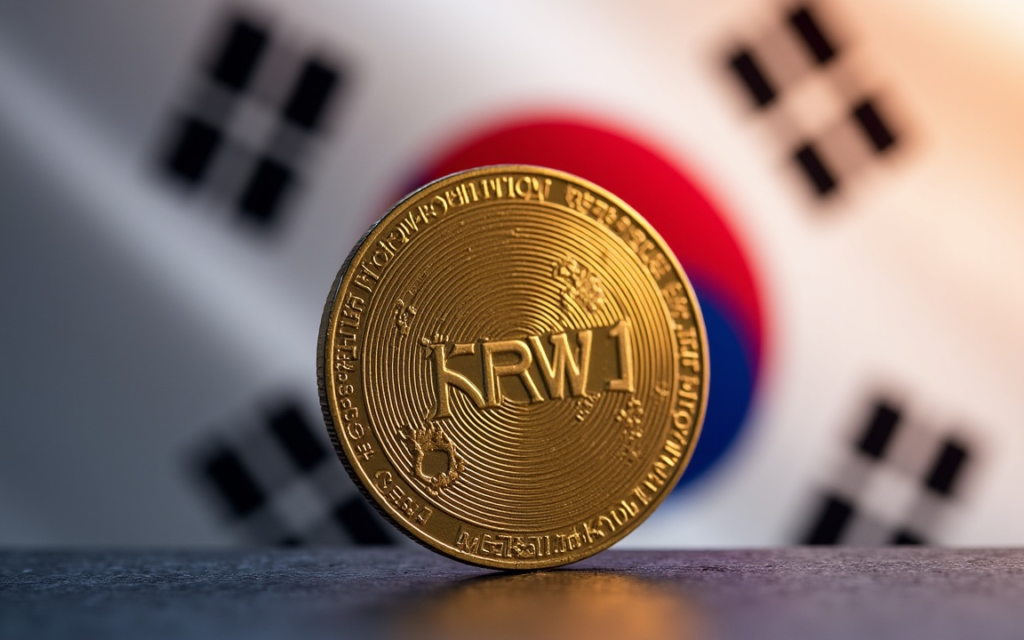Korean Crypto Market Volumes Plunge as Retail Investors Exit Digital Assets


The South Korean crypto market, long regarded as one of the most active globally, has experienced a steep decline in trading volumes through late 2025. Data from local platforms and industry trackers show market turnover has dropped by approximately $24 billion over the past six months, underscoring a loss of retail momentum despite a steady flow of new token listings and promotional campaigns.
Upbit, the country’s dominant digital asset platform, has maintained around 72% of domestic market share, according to data from the first half of 2025. This growing concentration raises concerns over systemic risk, as smaller platforms struggle to compete in a cooling environment. Analysts warn that the heavy reliance on a single platform could magnify the impact of any operational or regulatory disruption.
Shifting retail sentiment
The decline in crypto trading coincides with a broader shift in retail investment behavior. Korean traders, who were once at the forefront of speculative crypto activity, appear to be reallocating capital toward equity markets—particularly in artificial intelligence and semiconductor sectors. Stocks like Nvidia have drawn substantial attention, offering more stable returns amid global excitement around AI-driven innovation.
According to Kaiko, a digital asset market data provider, South Korean crypto trading volumes in March 2025 were already down 62% compared to November 2024. Despite the drop, the Korean won remains one of the top fiat currencies used in global crypto markets, reflecting the country’s entrenched infrastructure and high digital adoption rate.
Regulatory tightening and market implications
Policy developments have also contributed to the volume decline. In the second half of 2025, South Korean regulators increased scrutiny on cross-border virtual asset transactions and tightened oversight of foreign platform flows linked to stablecoin activity. The Financial Services Commission (FSC) is also enhancing its supervision of domestic platforms, citing concerns over market manipulation and investor protection.
While these measures are intended to secureguard users and stabilize the financial system, they have added compliance pressure on smaller platforms, prompting some to scale back operations or exit the market entirely. Analysts note that the tighter regulatory environment may limit speculative activity in the short term but could ultimately strengthen long-term investor confidence.
Industry participants expect the downturn to persist into ahead 2026 unless global crypto sentiment revives. However, optimism remains around the forthcoming implementation of South Korea’s Virtual Asset User Protection Act, which aims to enhance market transparency and establish a clearer framework for investor rights.
If successful, the legislation could assist attract institutional players and stabilize volumes over time. For now, the Korean crypto sector faces a period of recalibration as retail traders retreat, regulatory oversight intensifies, and platforms brace for a more mature—but potentially smaller—market environment.







